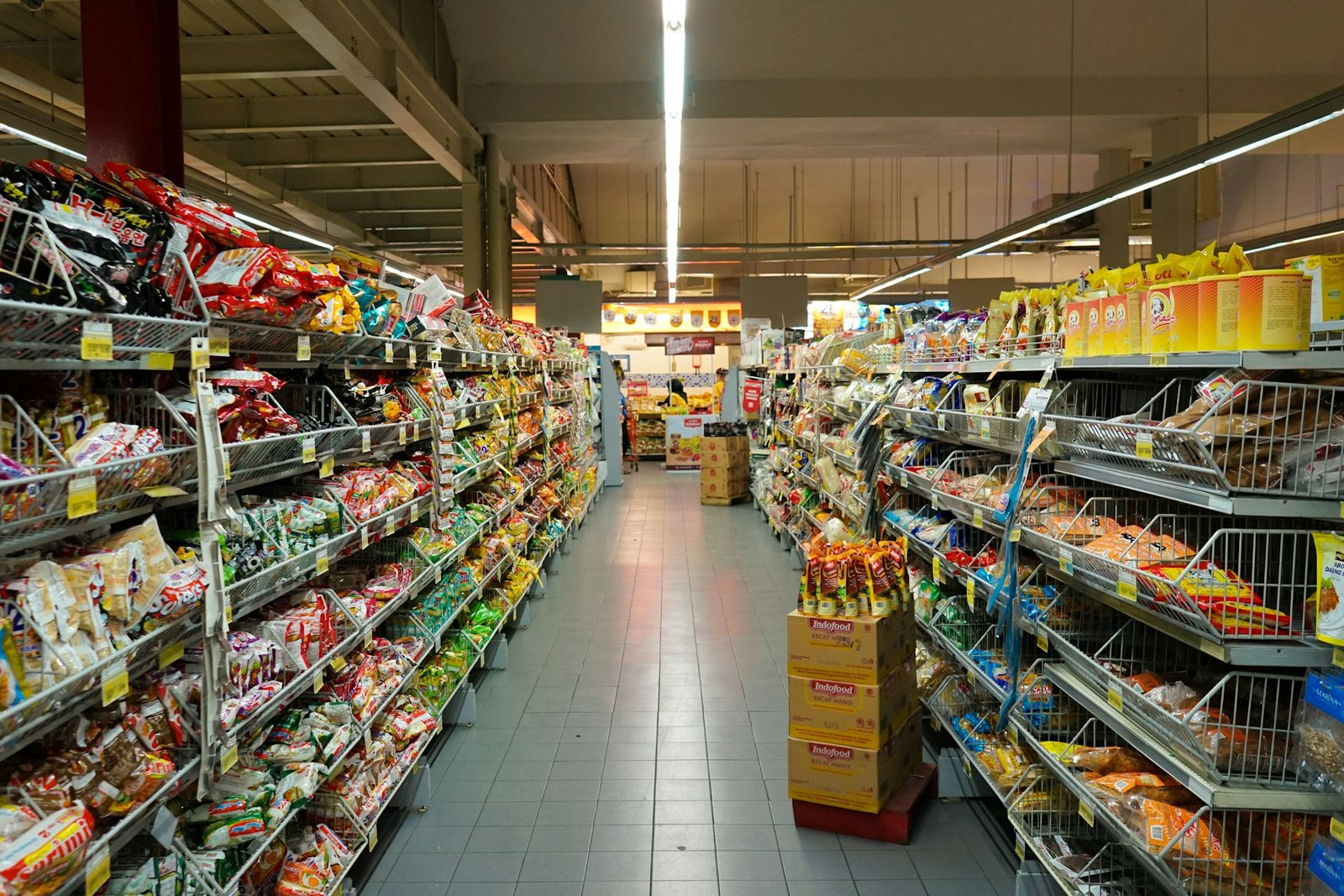The retail industry is more than just selling products—it’s about creating an experience that keeps customers engaged and coming back.
Store design plays a major role in how shoppers interact with products, influencing everything from their browsing habits to final purchase decisions.

Thoughtful layouts, strategic product placement, and inviting displays help create an atmosphere that feels both seamless and exciting.
An engaging environment makes customers more likely to discover new products and make additional purchases. Small design choices, like well-placed impulse items or interactive displays, can encourage shoppers to explore beyond their initial intent. A combination of aesthetics, convenience, and subtle cues transforms shopping from a routine task into an enjoyable and immersive experience.
Strategic Lighting Placement to Highlight High-Margin Products
Retail track lighting is an effective way to draw attention to specific products. Positioning lights above high-margin items makes them stand out, helping customers notice them in a crowded space. Adjusting brightness can highlight key products, while choosing warm or cool tones can set the right mood.
The use of retail track lighting that shifts throughout the store, especially to highlight seasonal displays, adds energy and encourages movement. Changing intensities and colors creates a sense of discovery, making shopping feel more interactive. Spotlights placed on affordable, trendy items draw attention and increase the chances of spontaneous purchases as customers explore different sections.
Store Layout Tactics That Guide Customers Toward Impulse Buys
The way a store is laid out influences how customers move through it. Thoughtful layouts can guide shoppers past impulse-buy items without feeling forced. Creating subtle bottlenecks at key points—such as near checkout lines or product intersections—naturally slows people down, giving them time to notice more products.
Keeping aisles open and easy to manage creates a relaxed shopping experience while still directing attention to high-margin products. Using small displays or end caps at key locations can catch the eye before customers head to checkout. Rotating featured items regularly keeps the experience fresh and encourages repeat visits.
Sensory Triggers That Increase Unplanned Purchases
Shopping is more than just seeing—it’s a full sensory experience. Inviting scents, such as freshly baked goods or appealing fragrances, can make a store feel warm and welcoming. These subtle cues encourage customers to stay longer and explore more. Offering free samples of scented products or freshly brewed coffee can further enhance the sensory appeal, making the visit even more enjoyable.
Music also plays a role in shaping the atmosphere. Upbeat tunes can create excitement, while softer melodies promote a relaxed mood. Inviting textures, like soft fabrics or interactive product displays, encourage customers to engage more deeply. Even small sound elements, such as gentle water sounds or soft chimes, can make a store feel more comfortable and inviting.
Psychological Pricing and Signage Placement That Drive Split-Second Decisions
Pricing tactics influence customer perception. Charm pricing, where items are priced just below a round number (e.g., $9.99 instead of $10), makes purchases feel like a better deal. Simple, clear signage makes these prices stand out, reinforcing the idea of value.
Well-placed signs guide customers toward key products, highlighting deals or new arrivals. Limited-time offers create urgency, encouraging faster decision-making. Themed displays that group related items together make it easy for customers to buy multiple things at once. Bright colors and bold fonts help messages stand out, making special offers impossible to ignore.
Checkout Zone Design That Maximizes Last-Minute Purchases
The checkout area is a prime spot for last-minute purchases. Carefully arranging displays here can highlight trending or seasonal products, such as limited-edition snacks or travel-sized essentials, encouraging customers to grab one more item before they leave.
Keeping low-cost, small items within reach makes them more tempting, especially for those looking for an affordable treat. A clean, well-organized checkout area contributes to a positive experience, reducing stress and making the final moments of shopping more pleasant. Featuring timely, relevant products near the checkout register can increase spontaneous buying.
Good store design makes shopping easier and more enjoyable while increasing sales. Smart lighting draws attention to high-margin products. A well-planned layout guides customers naturally, making impulse buys feel effortless. Music, scents, and textures create a welcoming vibe that keeps people browsing longer. Simple pricing tricks and bold signs help highlight deals and new arrivals. A clean, organized checkout area makes last-minute purchases more tempting. Small changes like these make a big difference in how people shop. Stores that focus on these details keep customers coming back and buying more.

